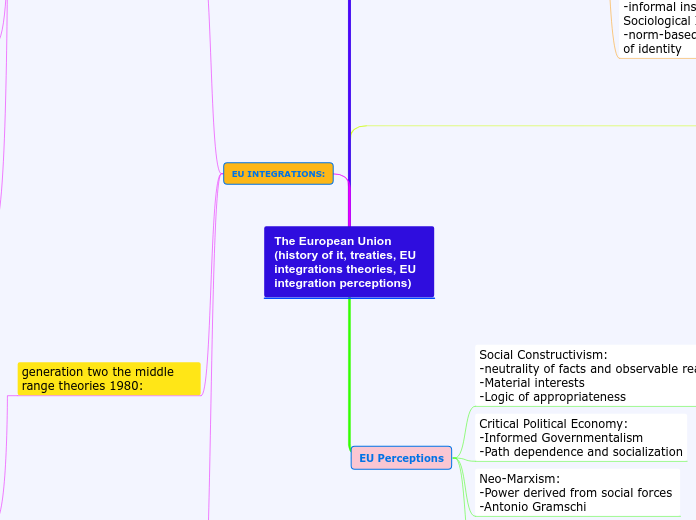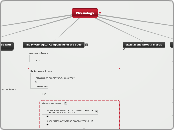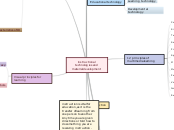a Zeynalabidin Aliyev 4 éve
209
The European Union (history of it, treaties, EU integrations theories, EU integration perceptions)
The European Union is shaped by a complex history and numerous treaties, which have influenced its integration theories and the perceptions surrounding its development. Key theories such as Neofunctionalism, Intergovernmentalism, and Liberal Intergovernmentalism provide different lenses through which to understand the EU'









